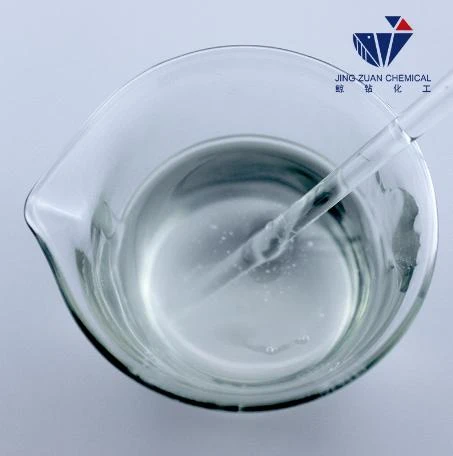
Oct . 21, 2024 13:12 Back to list
Innovative HPMC Applications in Modern Construction Techniques and Materials
HPMC for Construction Enhancing Performance and Durability
Hydroxypropyl Methylcellulose (HPMC) is a cellulose ether that has gained significant popularity in the construction industry due to its versatile properties and benefits. This water-soluble polymer is widely used in various construction materials, especially in cement-based applications. Its adoption has transformed the way builders and contractors approach construction projects, as it enhances both performance and durability.
Properties of HPMC
HPMC is known for its exceptional water retention capacity, which is crucial in construction applications. When added to cementitious materials, HPMC helps to retain moisture, allowing for improved hydration of cement. This moisture retention is vital for achieving optimal strength and durability in concrete and mortar. Additionally, HPMC provides excellent workability and improves the consistency of the mixtures, making it easier for workers to apply and manipulate the materials on site.
Another important property of HPMC is its ability to control the setting time of cementitious materials. By adjusting the amount of HPMC used, contractors can effectively manage the workability of their mixtures, ensuring that they remain malleable for a longer period. This is particularly beneficial in large-scale construction projects where extended working time is necessary to accommodate complex applications.
Applications in Construction
HPMC is commonly used in various construction applications, including tile adhesives, gypsum plasters, drywall joint compounds, and self-leveling compounds. In tile adhesives, HPMC acts as a thickener, improving the adhesive properties and ensuring that tiles remain securely in place, even in moist conditions. The enhanced water retention properties of HPMC also allow for better adhesion and bonding, which is crucial for the longevity of tiled surfaces.
hpmc for construction

In gypsum-based products, such as plasters and joint compounds, HPMC contributes to a smoother finish and improved spreadability. This not only helps in achieving a pristine surface but also reduces labor time on site since workers can apply materials more efficiently. Moreover, HPMC in these applications aids in controlling shrinkage and cracking, significantly enhancing the durability of the finished product.
Self-leveling compounds have also benefited from the incorporation of HPMC. The polymer helps to modify the rheological properties of the mixtures, ensuring that they flow evenly and settle smoothly. This is particularly important for creating level surfaces in flooring applications, as it lays the foundation for subsequent flooring materials.
Environmental Considerations
As the construction industry increasingly focuses on sustainability, HPMC presents an eco-friendly alternative to traditional additives. Being a plant-derived product, it contributes to the production of greener building materials. Furthermore, the efficient use of water in mixtures with HPMC may lead to reduced water consumption on job sites, aligning with global efforts to conserve this vital resource.
Conclusion
In summary, HPMC stands out as a crucial component in modern construction materials. Its ability to enhance workability, moisture retention, and durability makes it an invaluable asset in numerous applications. As the construction industry evolves, the demand for high-performance materials continues to grow, and HPMC is poised to play a key role in meeting these needs. By integrating HPMC into construction processes, builders and contractors can ensure stronger, longer-lasting structures, ultimately paving the way for a more sustainable future in construction.
-
Versatile Hpmc Uses in Different Industries
NewsJun.19,2025
-
Redispersible Powder's Role in Enhancing Durability of Construction Products
NewsJun.19,2025
-
Hydroxyethyl Cellulose Applications Driving Green Industrial Processes
NewsJun.19,2025
-
Exploring Different Redispersible Polymer Powder
NewsJun.19,2025
-
Choosing the Right Mortar Bonding Agent
NewsJun.19,2025
-
Applications and Significance of China Hpmc in Modern Industries
NewsJun.19,2025







